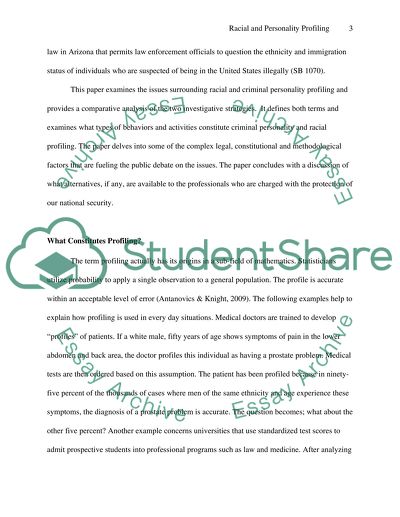Cite this document
(“Criminal and Racial Profiling Term Paper Example | Topics and Well Written Essays - 2500 words”, n.d.)
Retrieved from https://studentshare.org/miscellaneous/1569314-criminal-and-racial-profiling
Retrieved from https://studentshare.org/miscellaneous/1569314-criminal-and-racial-profiling
(Criminal and Racial Profiling Term Paper Example | Topics and Well Written Essays - 2500 Words)
https://studentshare.org/miscellaneous/1569314-criminal-and-racial-profiling.
https://studentshare.org/miscellaneous/1569314-criminal-and-racial-profiling.
“Criminal and Racial Profiling Term Paper Example | Topics and Well Written Essays - 2500 Words”, n.d. https://studentshare.org/miscellaneous/1569314-criminal-and-racial-profiling.


